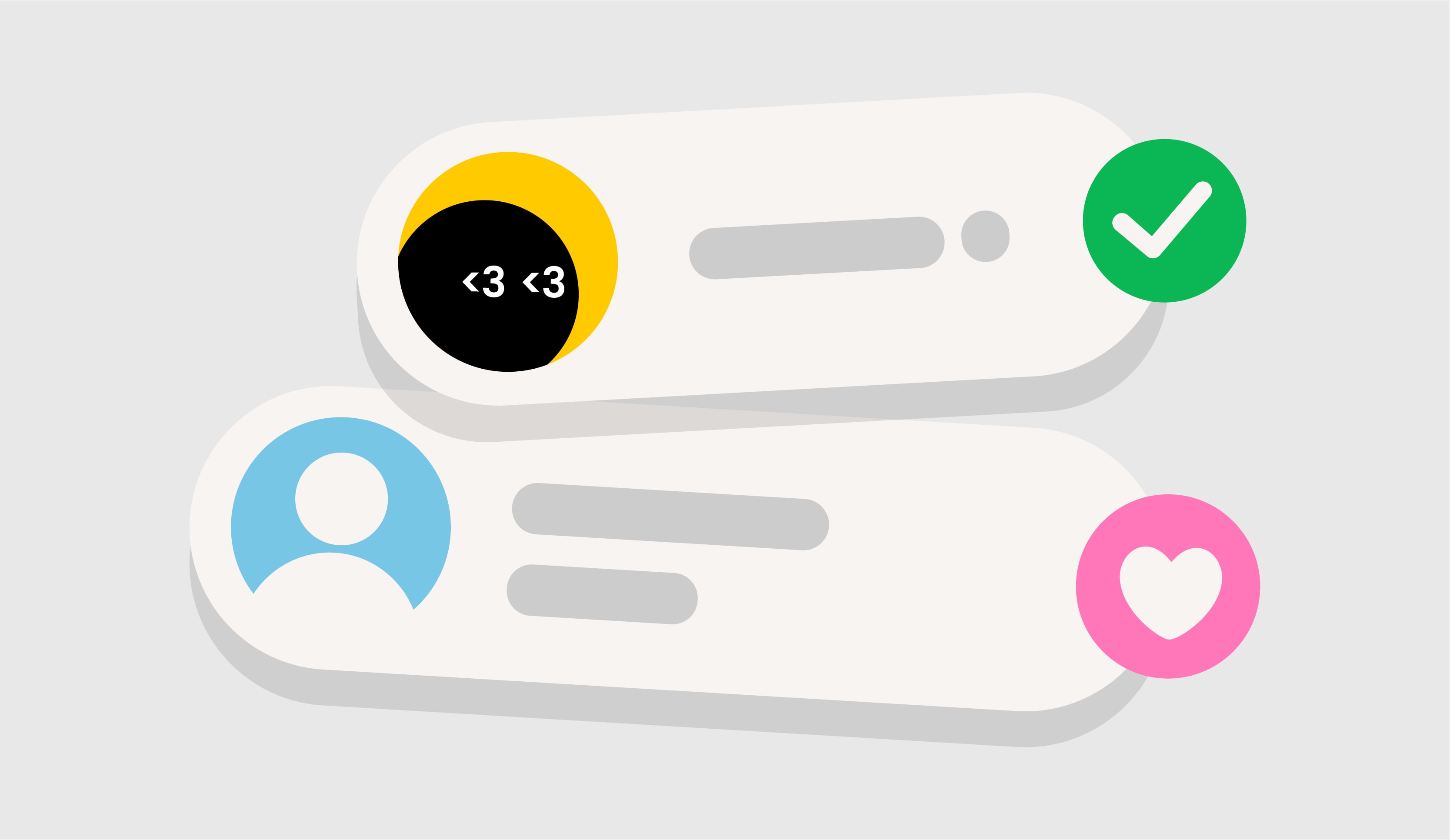
Brand Mascots & Characters: Build Loyalty and Emotional Connection
category /
Branding
date published /
20.08.25
read time /
3min
In a marketplace overflowing with ads and endless scrolling, brands face a challenge: how do you stay memorable? Logos and taglines help, but they rarely create an emotional bond. That is where brand mascots and brand characters step in. More than cute figures, they act as storytellers, trust builders, and a brand’s identity personified.
When properly executed, a mascot connects with your audience, builds loyalty, and makes your brand part of their world.
What Is a Mascot in Branding?
So, what is a mascot in the branding world?More than a cartoon figure or costumed character, a mascot is a crafted brand representative, a visual and emotional extension of your company’s values, designed to build recognition and trust.
There are two ways brands approach brand characters:
- 1)
Value-based characters: Brands like Nike or Apple do not rely on literal mascots. Their tone, visuals, and mission become the character. The persona exists in the brand’s voice and story rather than a physical figure.
- 2)
Persona-based characters: These are the familiar faces, creatures, avatars, or figures that embody a brand’s personality, from Duolingo’s cheeky owl to Nesquik’s playful bunny.
In either case, brand mascots act as emotional anchors. They make abstract ideas tangible so audiences can relate to a brand the way they would to a person.
Why Brand Mascots Are Powerful Tools for Connection
A well-designed brand mascot forges connections by turning brand values into something recognizable and relatable. Humans instinctively respond to characters because they activate emotions and memories far more effectively than static logos or taglines.
Through thoughtful brand development and brand character design, mascots become ambassadors. They carry your tone, personality, and story across every medium, whether animated, static, or interactive.
Tip: Test your mascot across multiple formats early. A strong character should hold up in social campaigns, packaging, event activations, and even as a digital avatar.
When a mascot is integrated intentionally, it builds long-term loyalty and keeps your brand top-of-mind.
Famous Brand Mascots and Why They Work
Some brands, like Nike, Apple, and Sony, prove that a brand can thrive without a mascot by leaning on personality and emotional tone alone. Their visual language and voice act as a “character,” showing that mascots are not mandatory if identity is crafted strategically.
For companies which don’t have access to that sort of ready-made brand power, however, mascots create a level of recognition and relatability that no other element can match. Here are a few mascot examples and brand character examples that demonstrate why they resonate:
- 1)
Nesquik (Quicky the Bunny): A symbol of fun and childhood energy, Quicky appeals to kids while reinforcing the brand’s playful personality.
- 2)
Reddit (Snoo): Quirky and approachable, Snoo reflects Reddit’s culture as a community for the curious and unconventional.
- 3)
Duolingo (Duo the Owl): Beyond recognition, Duo has become a social media phenomenon, blending humor and persistence to nudge users toward daily engagement.
These famous brand mascots work because they are more than visuals. They are characters with purpose, attitude, and consistency.
Creating a Mascot for Your Business: Where to Start
A memorable mascot is not just drawn. It is born. Start by asking:
- 1)
What values and traits define your brand?
- 2)
Who is your audience, and what would resonate emotionally?
- 3)
How can a mascot complement your voice without overshadowing it?
From there, focus on brand mascot design. Shape, color psychology, expression, and style should all reflect your identity. Collaboration between branding, illustration, and strategy teams is key for brand character building.
Tip: Test early sketches with your audience. Feedback can reveal whether your mascot feels authentic or gimmicky.
A strong mascot should feel timeless but flexible, ready to evolve as your brand grows.
How to Use Your Mascot Across Marketing Channels
Once your brand mascot is established, it should appear wherever your audience interacts with you. Think beyond ads:
- 1)
Social media content and interactive campaigns.
- 2)
Packaging and in-store displays.
- 3)
Event activations, from pop-ups to trade shows.
- 4)
Digital spaces, like apps, chatbots, or explainer videos.
Your brand character is not just decoration. It is a unifying thread that keeps your brand consistent across every touchpoint.
Brand Mascots in 2025: New Trends and Fresh Ideas
Mascots are no longer limited to two dimensions. The next wave of brand mascot design is blending technology and interactivity:
- 1)
AI-driven mascots that respond in real time on websites.
- 2)
Animated avatars for virtual events and social content.
- 3)
Dynamic, motion-based designs that evolve across platforms.
For brands just starting out, creating a mascotmeans thinking beyond print. Characters need to be adaptable for digital-first experiences and ready to evolve with audience expectations.
Conclusion
Whether you use a playful creature or a sleek digital avatar, brand mascots and brand characters can do what logos cannot. They create a human connection, turning values into a voice, ideas into emotion, and brands into something audiences want to engage with.
For businesses, the right mascot is more than a design element. It is a long-term investment in loyalty, recognition, and storytelling.
by
Gor Muradyan
read next
subscribe to newsletter

